Proton have just launched a new FACELIFT of Proton Waja and Proton Savvy on January 19th 2007.
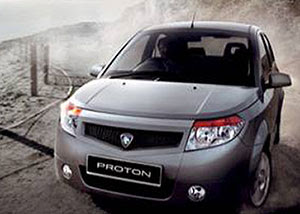
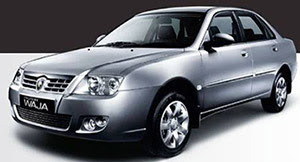
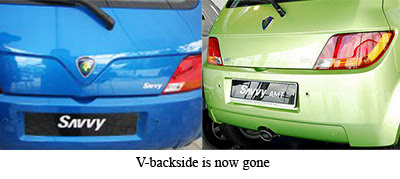

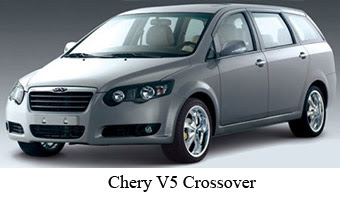
from Sekoyens
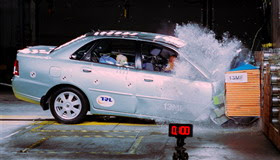
PROTON WAJA (IMPIAN)
Adult occupant protection
| ||||||||||||||||||||||||||||
| | ||||||||||||||||||||||||||||
| Child occupant protection
| | Pedestrian protection No image car front available | ||||||||||||||||||||||||||
| | ||||||||||||||||||||||||||||
| Safety equipment
| | Car details
| ||||||||||||||||||||||||||
| | ||||||||||||||||||||||||||||
| Comments Proton claims that the Impian is the first of a new generation of cars that are designed to Euro NCAP standards. Its performance in the frontal impact was flawed, however, while the protection it offered to pedestrians also proved inadequate. This was a disappointing performance but Proton says it intends to improve future designs. The car's body was damaged so badly by the impact that it became unstable. The driver and front passenger risked serious injury. The child restraints performed poorly and it became apparent that, in development, too little thought had been given to their use. The Impian is made only in right-hand drive so in Europe it is sold only in the UK. Front impact The body suffered severe damage and both front passengers suffered chest loads that could cause injuries. The restraints needed to cushion their upper bodies better than it did. There were also hard points in fascia that could cause harm if struck. The driver's footwell was pushed back, posing a risk of leg injury. The centre rear seat had a three-point belt. This gave superior protection to that of a lap belt. Side impact The side impact protection worked reasonably well. However the chest loading could lead to an increased chance of injury, whilst the abdomen and pelvis were reasonably protected. Child-protection The 18-month-old was in a rear- facing restraint and the 3-year-old in a forward-facing one. Both were as recommended by Proton. Neither protected its occupant's head in the frontal or side impacts. Warnings of the dangers of death or serious injury for a child placed in a rear-facing restraint in the front passenger's seat were inadequate. There was a sticker on the passenger's sun visor, visible in the stowed position, and a pictogram (which, because of its design, could easily confuse) on the passenger's end of the fascia. Pedestrian protection The pedestrian protection can best be described as dire. Proton admitted to Euro NCAP that its designs weren't pedestrian friendly, but promised improvements. | ||||||||||||||||||||||||||||
